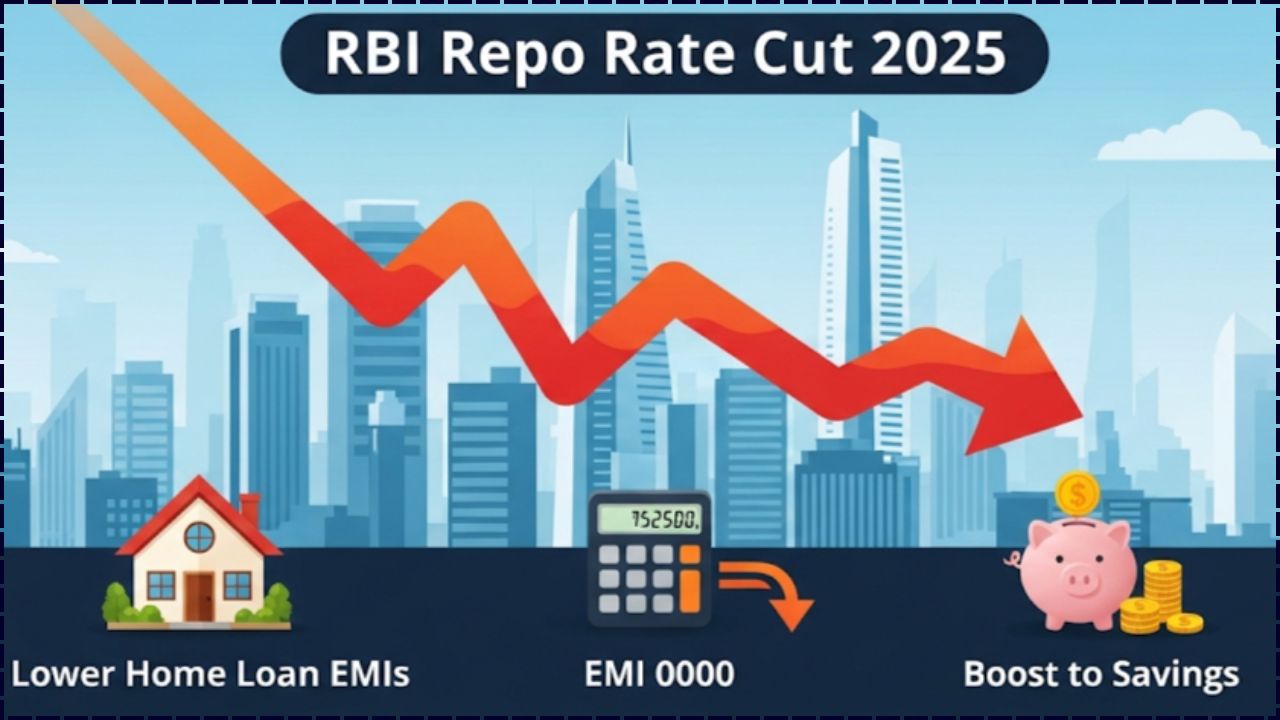The New Retirement Age Laws for 2025 are shaking up how long you’ll need to stay in the game before clocking out for good. If you’re wondering what this means for your golden years, you’re not alone. Whether you’re 62 and itching to retire or 45 and plotting your exit years ahead, these rule changes affect your check, your timing, and your peace of mind.
Let’s keep it real: retirement isn’t just a number anymore—it’s a strategy. In this guide, we break it down Native-American style—honest, respectful, straight-talk with a heartbeat. I’ll bring you the facts, a little wisdom, and the tools you need to make smart moves in 2025 and beyond.

What is “Full Retirement Age” (FRA)?
Think of “Full Retirement Age” as the magic number set by the government for when you can claim your full, unreduced Social Security or pension benefits. If you decide to start taking your benefits before you reach your FRA, your monthly payments will be a bit smaller for the long haul. It’s a key piece of the puzzle when you’re planning your financial future!
Retirement Then vs. Now
Just a few decades ago, someone born in 1937 or earlier could receive their full Social Security benefits at age 65. For those turning 65 in 2025 (born in 1960), the goalposts have moved. Their full retirement age is now 67. This two-year difference means that younger generations need to plan for a longer working life or save more aggressively to bridge the gap if they want to retire at the same age as their parents did.
New Retirement Age Laws for 2025
| Topic | Details | Reference |
|---|---|---|
| Full Retirement Age (FRA) | 66 years and 10 months (1959-born); 67 for 1960+ | SSA.gov FRA Chart |
| Early Retirement Penalty | Up to 30% reduction if you retire at 62 | |
| Delayed Retirement Bonus | 8% yearly increase up to age 70 | |
| China Reforms | Men: 60→63; Women: 50→55 or 58 by 2040 | Reuters |
| UK Changes | Retirement age moves to 67 by 2028 | UK Gov |
The New Retirement Age Laws for 2025 change the game. For folks born in 1959 or later, you’ll need to work longer to earn your full Social Security payout. But by planning ahead, using tools, and knowing your numbers, you can retire smarter—not just sooner. Whether you’re a professional nearing retirement or a young family just starting out, now’s the time to get proactive.
Context: Why Retirement Is Being Pushed Back
Here’s the deal: people are living longer, healthier lives—and that’s a good thing. But that also means pensions, Social Security, and national retirement systems are paying benefits for longer than ever. In short, the money has to last longer, so governments are asking us to work a little longer too.
In the U.S., these shifts started years ago, but 2025 marks the last major increase under the current FRA rules. That means your timing could affect your lifetime benefits by tens of thousands of dollars.
Meet Maria and Jake
Let’s meet Maria, 62, a school secretary, and Jake, 67, a self-employed contractor.
- Maria is thinking of retiring early. If she does, she’ll lose 30% of her monthly benefit—that’s permanent. She’d go from $2,000/month to about $1,400/month.
- Jake waited until 67, earning a full benefit of $2,300/month. If he works until 70, he’ll see that rise to about $2,800/month thanks to 8% per year in delayed credits.
Timeline: How Retirement Age Has Shifted
- 1935: Social Security Act signed—retirement age 65
- 1983: Congress begins raising FRA gradually
- 2025: Final increase under current law—FRA reaches 67 for those born in 1960 or later

Compare: Early vs Full vs Delayed Retirement
| Claim Age | Monthly Benefit | % of Full Benefit |
|---|---|---|
| 62 (Earliest) | ~$1,400 | ~70% |
| 66 & 10 mo (FRA for 1959) | $2,000 | 100% |
| 67 (FRA for 1960+) | $2,000 | 100% |
| 70 (Max Delay) | ~$2,480 | 124% |
Pro Tip: If you’re in good health and have other income, delaying your claim can add thousands to your retirement pot.
Global Retirement Trends
China
- Starting in 2025, men’s retirement age gradually moves from 60 to 63
- Women in physical jobs go from 50 to 55, office jobs from 55 to 58
- Minimum contribution period rises from 15 to 20 years
United Kingdom
- State pension age rises to 67 by 2028
- A 2023 think tank report warns age may rise to 68–74 by 2060
- Government reviewing “triple lock” pension protection
Retirement Myths Busted
- Myth: “I have to retire at 65.”
Truth: You can, but your full benefit might not kick in until 67. - Myth: “If I delay, I’ll lose money overall.”
Truth: Delaying means higher monthly checks for life. - Myth: “Social Security won’t be there for me.”
Truth: It’s under pressure, but still funded to pay ~77% of benefits through 2097, per SSA.
Claiming Social Security: 2024 vs. 2025 Birth Years
The year you were born makes a difference in when you can claim your full benefits. Here’s a simple breakdown:
| Feature | Born in 1958 (Reaching FRA in 2024) | Born in 1960 (Reaching FRA in 2025) |
| Full Retirement Age | 66 and 8 months | 67 |
| Earliest Claiming Age | 62 | 62 |
| Benefit Reduction at 62 | About 28.3% less than full benefit | About 30% less than full benefit |
| Benefit Increase at 70 | About 26.7% more than full benefit | About 24% more than full benefit |
What You Should Do Next
Step 1: Find Your FRA
Check SSA.gov’s Retirement Age Chart based on your birth year.
Step 2: Use the Estimator Tool
Plug in your numbers using the SSA Retirement Estimator.
Step 3: Build a Retirement Budget
Don’t guess—calculate housing, insurance, travel, and healthcare.
Step 4: Boost Your Savings
- Max out your 401(k), IRA, or Roth IRA
- Aim to save 10–15% of your income yearly
Step 5: Talk to a Pro
A certified financial planner can help map out your strategy with taxes, healthcare, and income projections.

Top 3 Retirement Planning Mistakes to Avoid
- Forgetting About Inflation: The money you have saved today won’t have the same buying power in 20 years. Make sure your retirement plan accounts for rising costs.
- Ignoring Healthcare Costs: Medicare doesn’t cover everything. Factor in extra savings for out-of-pocket medical expenses, which can be one of the biggest costs in retirement.
- Claiming Social Security Too Early: While you can start taking benefits at 62, it permanently reduces your monthly payment. If you can wait, your monthly income will be higher.
FAQs
Q1: Can I still retire at 62?
Yes, but expect up to a 30% cut in benefits.
Q2: Can I work and collect Social Security?
Before FRA, yes—but earnings above $23,400 (2025 limit) may reduce benefits.
Q3: Will FRA go beyond 67 in the future?
Possibly. Congress has floated raising it to 68 or 69, but no law has passed yet.
Q4: Do Native American communities have different retirement options?
Tribal programs may supplement federal benefits, but SSA rules apply equally to all U.S. citizens.









